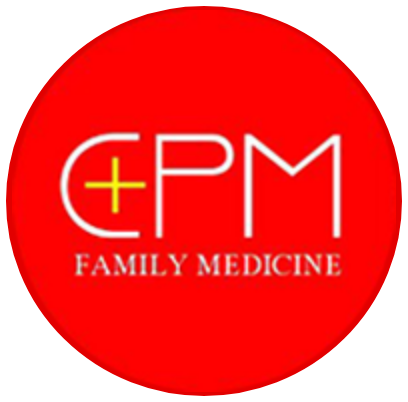What is plasma and what are platelets?
Plasma, the liquid component of whole blood, primarily consists of water and proteins. It serves as the medium through which red blood cells, white blood cells, and platelets circulate throughout the body. Platelets, also known as thrombocytes, play a critical role in blood clotting. They are also involved in various growth and healing functions, highlighting their importance in the body’s overall health and response to injury. This makes plasma and its components essential for both the transport of blood cells and the facilitation of crucial bodily processes like clotting and healing.
What is a PRP injection?
Platelet-rich plasma (PRP) is a treatment derived from a patient’s own blood, concentrating platelets to promote healing in damaged tissues such as tendons, muscles, and joints. A key benefit of PRP injections is their potential to reduce the need for pain medications, including opioids and anti-inflammatories. PRP works by enhancing the body’s natural inflammatory response, essential for healing. This therapy leverages the innate regenerative properties of platelets, offering a unique approach to tissue repair and pain management.
How are PRP injections performed?
PRP injections are prepared by drawing a small quantity of the patient’s blood, which is then centrifuged to separate its components. The platelets are isolated and concentrated to 2 to 8 times their usual level in the blood. This concentrated platelet solution is mixed with plasma to create PRP, which is then injected into the injured area to aid healing. For precise injections, particularly in complex areas, ultrasound imaging may be employed to guide the process.

